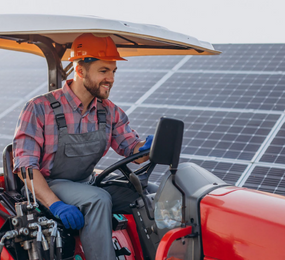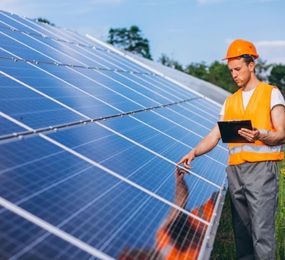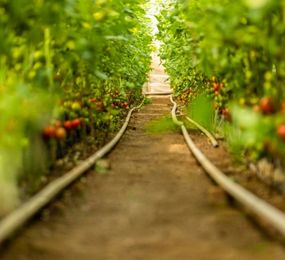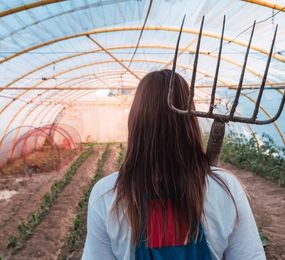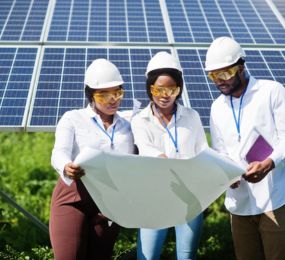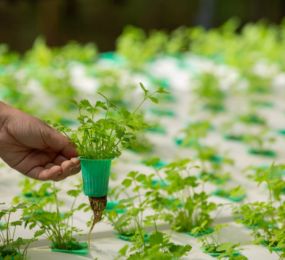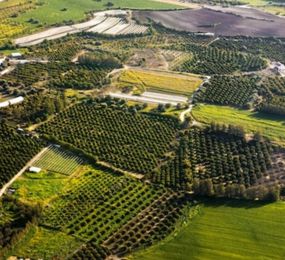Agrivoltaics, the innovative practice of combining solar energy production with agricultural activities, offers a promising solution for sustainable land use. As global water resources become increasingly scarce, implementing water-saving techniques within agrivoltaic systems is essential for ensuring both agricultural productivity and environmental sustainability.
The Importance of Water Conservation in Agrivoltaics
Water is a critical resource in agriculture, and its efficient use is becoming more important as climate change intensifies droughts and depletes water supplies. Agrivoltaic systems, which involve the installation of solar panels above crops, provide a unique opportunity to implement water-saving techniques that benefit both crop growth and energy production. By strategically managing water resources, agrivoltaic systems can contribute to the global effort to reduce water consumption in agriculture while maintaining high crop yields.
Key Water-Saving Techniques in Agrivoltaics
- Precision Irrigation:
- Precision irrigation systems, such as drip irrigation, deliver water directly to the root zones of crops, minimizing water wastage through evaporation and runoff. This technique is highly effective in agrivoltaic systems, where water efficiency is paramount.
- Microclimate Creation:
- The shade provided by solar panels in agrivoltaic systems can reduce soil evaporation, helping to retain moisture in the soil. This microclimate effect not only conserves water but also creates more favorable growing conditions for certain crops, especially in arid and semi-arid regions.
- Rainwater Harvesting:
- Agrivoltaic systems can be designed to capture and store rainwater, which can then be used for irrigation. By integrating rainwater harvesting systems with agrivoltaics, farms can reduce their reliance on external water sources and make better use of natural precipitation.
- Soil Moisture Sensors:
- Soil moisture sensors provide real-time data on the water content of the soil, enabling farmers to apply water only when it is needed. This technology ensures that crops receive adequate hydration without over-irrigation, conserving water and preventing nutrient leaching.
- Mulching and Ground Cover:
- Applying mulch or ground cover beneath solar panels helps to retain soil moisture by reducing evaporation. This technique is particularly beneficial in agrivoltaic systems, where shading from the panels already helps to lower soil temperatures.
To register or learn more about the Forum please check here:http://bit.ly/3kR0v2R.
For more information and group participation, contact us: [email protected]


